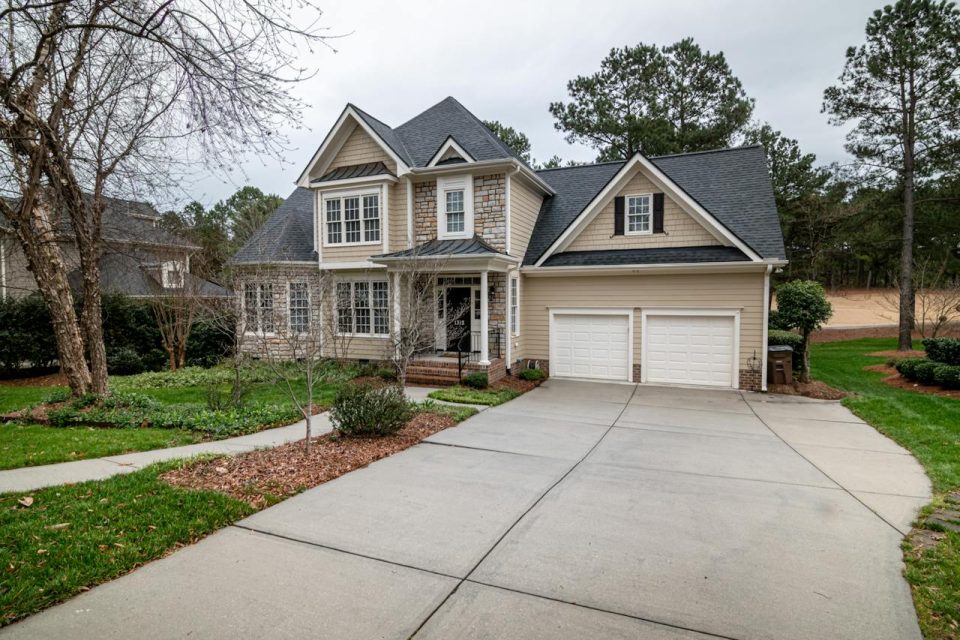In a promising turn of events, mortgage rates saw a decline for the fourth consecutive week, suggesting a possible peak and enticing hesitant homebuyers back into the market. According to Freddie Mac’s report on Wednesday, the average rate on the 30-year fixed mortgage dipped to 7.29% from the previous week’s 7.44%, marking a notable half-point decrease since the end of October when rates reached 7.79%.
This recent decline in mortgage rates has successfully drawn in buyers who were previously on the sidelines, including entry-level individuals who had been priced out of the market. Despite this positive development, challenges persist as home prices and rates remain elevated due to a tight inventory, significantly impacting affordability for prospective buyers.
Realtor.com Chief Economist, Danielle Hale, commented on the situation, stating, “The Freddie Mac fixed rate for a 30-year mortgage eased further this week, as mixed data continue to keep investors guessing.” She added, “In a few short weeks, mortgage rates have largely erased the sharp climb traversed in October. Nevertheless, the cost of borrowing remains high. Except for the most recent seven weeks, today’s rate is the highest since 2000.”
The Mortgage Bankers Association (MBA) reported a 4% increase in the volume of mortgage applications for home purchases on a seasonally adjusted basis for the week ending November 17. Notably, the share of home loans backed by the Federal Housing Administration (FHA) rose to 14.8% of all loan applications, up from 14.4% the prior week. The average loan size for a purchase application also decreased to $403,600, the lowest since January 2023.
Joel Kan, MBA’s Deputy Chief Economist, remarked, “This is consistent with other sources of home sales data showing a gradually increasing first-time homebuyer share.” Many first-time buyers are turning to new construction in the supply-constrained market, with residential construction seeing a 1.9% monthly increase to 1.372 million units in October on a seasonally adjusted basis, surpassing expectations.
However, the demand for housing continues to outpace supply, reflected in the 20% lower volume of mortgage applications compared to the same week a year ago, as reported by the MBA.
The National Association of Realtors (NAR) revealed in a recent report that the expensive market has excluded many moderate-income households, providing opportunities primarily to higher-income households with a median salary of $107,000, up from last year’s $88,000. Brandi Snowden, Director of Consumer Survey Research at NAR, noted, “Among our first-time homebuyers we saw that their household income rose nearly $25,000 just from the previous year.”
Despite the current market challenges, there is speculation about the trajectory of mortgage rates. While the Federal Reserve maintained its benchmark interest rate between 5.25% to 5.5% in September and October to address moderated inflation, Fed Chair Jerome Powell suggested the possibility of more rate hikes if necessary to achieve the central bank’s 2% inflation target.
The potential for higher rates could complicate the housing market further, as a significant portion of homeowners are reluctant to sell their homes to avoid losing their current low mortgage rates. Redfin previously reported that just over 4 in 5 homeowners with mortgages have an interest rate below 5%, and approximately one-quarter have a rate below 3%.
However, some experts, including Lawrence Yun, NAR’s Chief Economist, express optimism, believing that mortgage rates may have already peaked. Speaking at the 2023 NAR NXT conference, Yun stated, “I believe we’ve already reached the peak in terms of interest rates. The question is when are rates going to come down [more]?”
Source: Yahoo Finance

